Dear @s colleagues and friends @s.
An esteemed colleague shares this article written by Jenny Brown, published on August 6, 2024 in the news section of the magazine REAL SIMPLE and translated by us for this space. Let's see what they tell us about the matter.
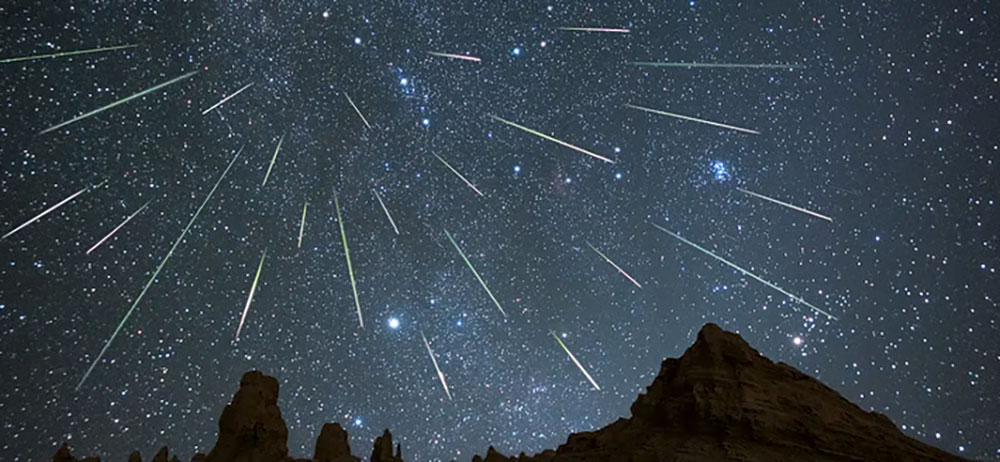
The Perseid meteor shower, which occurs annually from mid-July to late August, will peak this year on the night of August 11 and the early morning of August 12. According to NASA, if you're lucky, you could see up to 100 meteors cross the sky per hour. Here we tell you when, where and how to see the best show, as well as a scientific explanation of the celestial phenomenon.
The best time to see the Perseids
You'll see the most meteors after midnight and before sunrise on August 11-12. The meteor shower is active from July 14 to September 1 this year, but peak night is when it is the heaviest. While you may see some meteors as soon as the sky is dark, the best visibility occurs after the moon has set, around 12 a.m. If you're not free on August 11, or if it's cloudy or raining, you can try to get a good look at the night of August 10 or 12 (the rain will be close enough to its peak that there will still be a lot of meteors).
You don't need binoculars or telescopes; just look with the naked eye. The Perseid shower is known for its large, bright meteors that sweep across the sky. When you reach the dark spot, wait about 30 minutes for your eyes to adjust and carry a flashlight for safety. You can also bring a comfortable chair or blanket to rest on, as well as a sweater or a warm drink if the night gets cooler.
The Science of Meteor Showers
What exactly are you seeing? Here's a brief explanation and some interesting facts about meteors.
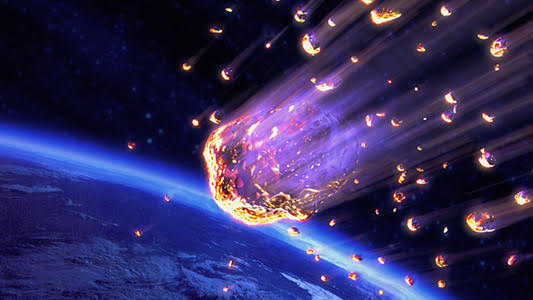
What are meteors?
Meteors form when rocks and dust from outer space, called meteoroids, collide with Earth's atmosphere at high speed. Friction heats up the meteoroid, causing the gases surrounding it to glow, leaving a beam of light in our sky (what we call a meteor).
Space is full of meteoroids: fragments of comets, asteroids, planets or even the moon that break off during orbit or are released by a collision. Its size ranges from a grain of sand to rocks of one meter in length. On any given night, when they hit our orbit, they create meteors, and it's possible to see several per hour. (The brightest will be large, fast chunks.) When you see a “shooting star”, that's what you're seeing.
What is a meteor shower?
A meteor shower is when you see tens or even hundreds of meteors per hour. This occurs when the Earth passes through a particularly large number of meteorites, usually when we cross paths with a comet.
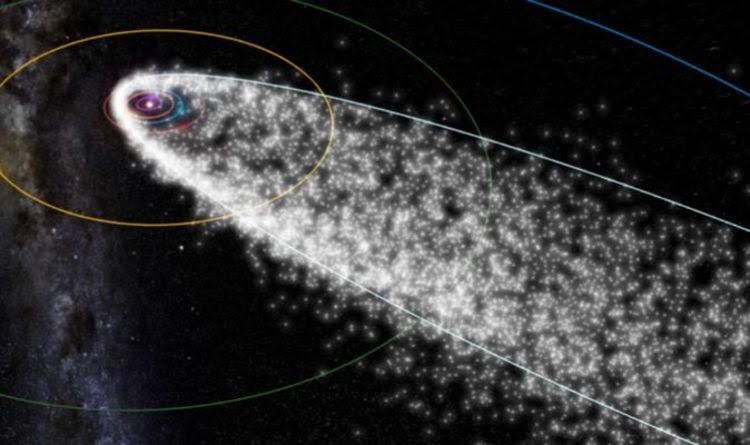
The Perseid meteor shower comes from Comet Swift-Tuttle, a large ball of rock, dust and ice that takes 133 years to orbit the Sun. As it travels, it sheds a stream of meteorites (the “tail” of the comet), and we pass through this tail every summer and get a great view.
Meteor “storms” (when a thousand or more meteorites fall per hour) are rarer and harder to predict, although some scientists believe that the Perseids of 2028 will produce a storm.
What are the best meteor showers?
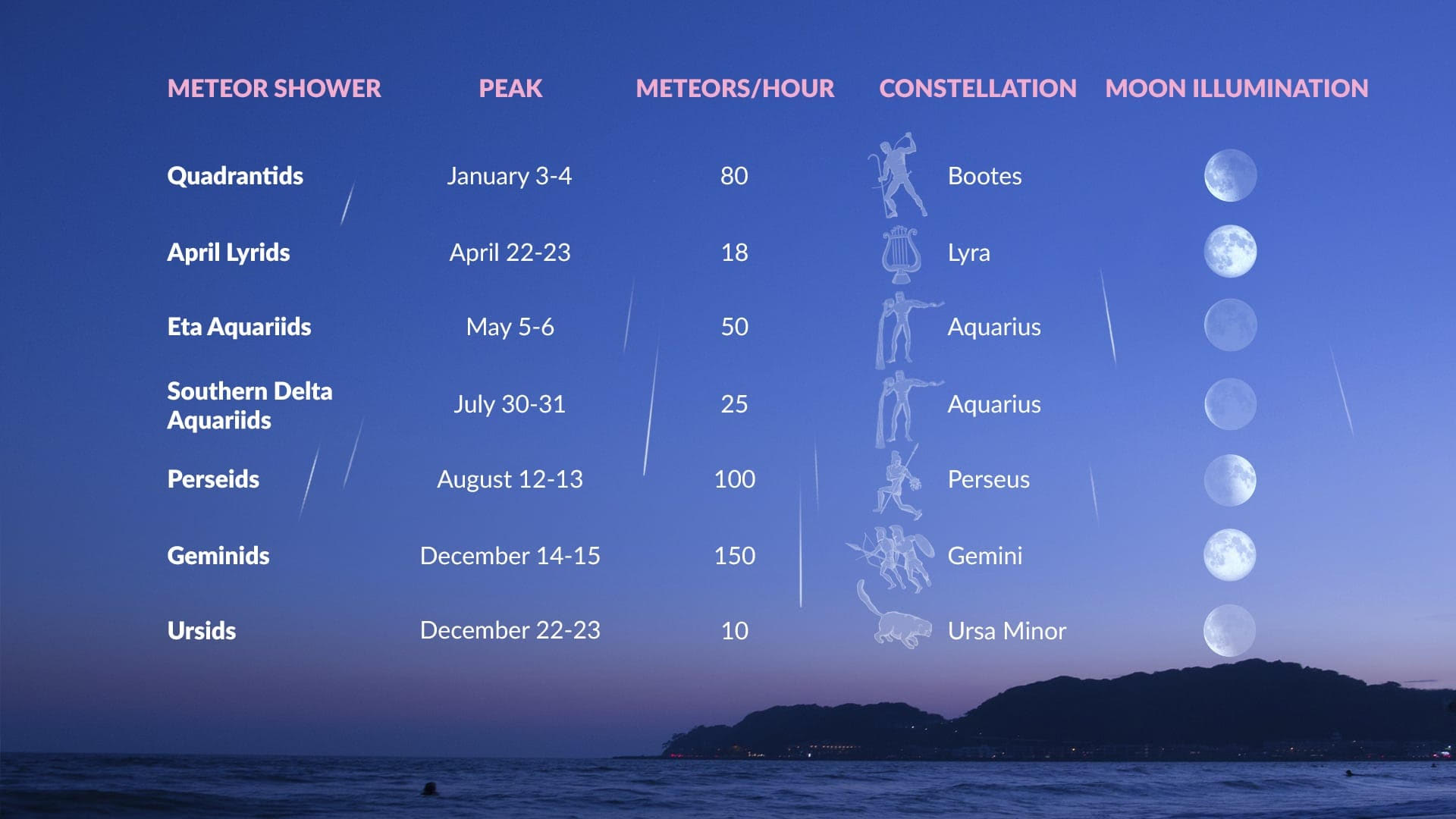
In addition to the Perseids, the most popular meteor showers occur at predictable times every year. The image shows some of the next ones and then a brief description:
- The Orionids will occur this year from September 26 to November 22, and will peak on the night of October 20. The meteors come from Halley's Comet.
- The Leonids will take place from November 3 to December 2, and their peak will be the night of November 17. The meteors come from the Tempel-Tuttle comet. Fun fact: The Leonids are famous for producing storms (unfortunately, none are expected this year). In 1833, there was a storm so big that people thought the world was ending, and the show led scientists to find out what meteors actually were.
- The Geminids will fall from November 19 to December 24, and their peak will be the night of December 13. They come from an asteroid called 3200 Phaethon.
- The Lyrids arrive in spring, from April 15 to 29, 2025. Their peak will be on the night of April 21 and they come from Comet Thatcher.
Where do meteor showers get their names?
Every meteor shower has a “radiant”, a point in the sky from which all the meteors appear to fall. It's an optical illusion, because meteors actually fall in parallel lines across the sky, but they seem to converge in the distance in one place. They get their name from this place, which is usually a constellation. Thus, the Perseids seem to fall from the constellation of Perseus, the Orionids of Orion, the Leonids of Leo, the Geminids of Gemini and the Lyrids of Lyra.
Why do meteors have different colors?
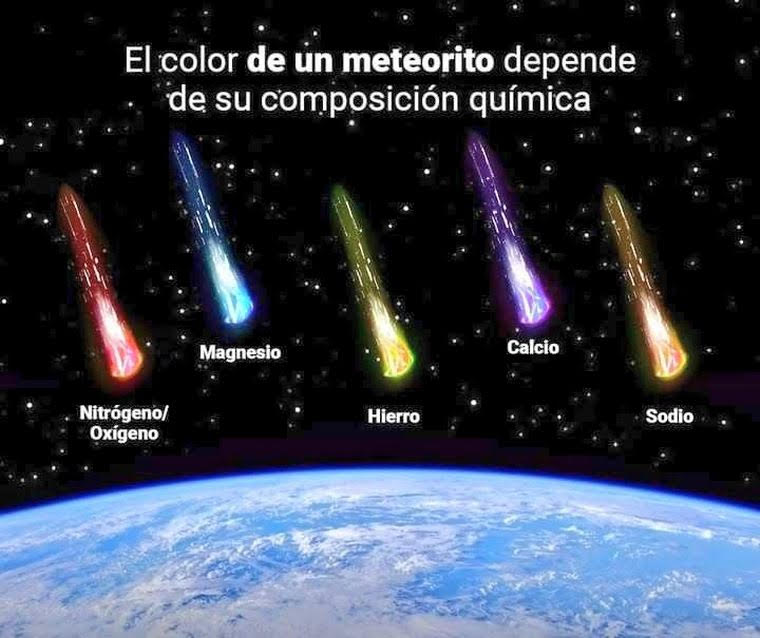
The color depends on what the meteoroid is made of. Iron emits a yellow hue when burned, a calcium-rich meteoroid may look purple, and one with a lot of magnesium will be bluish green. When they contain nitrogen and when they come into contact with oxygen in our atmosphere, they glow, forming a red stripe.
Do meteorites ever fall to Earth?
Yes! Most meteoroids are so small that they burn up completely high in the sky, 30 to 50 miles above the Earth's surface, but some large ones partially survive the trip through our atmosphere and fall pieces to Earth. When they fall on our planet, they are called meteorites. So far, about 80,000 meteorites have been found, most of them in Antarctica. Don't worry: the chances of being hurt by one are extremely small. In fact, only one person is known to have been hit by one. Ann Hodges, in 1954, received a blow to the hip while taking a nap. Survived! Meteorites are a great way for scientists to study the history of our solar system, since some come from meteoroids that are billions of years old.

